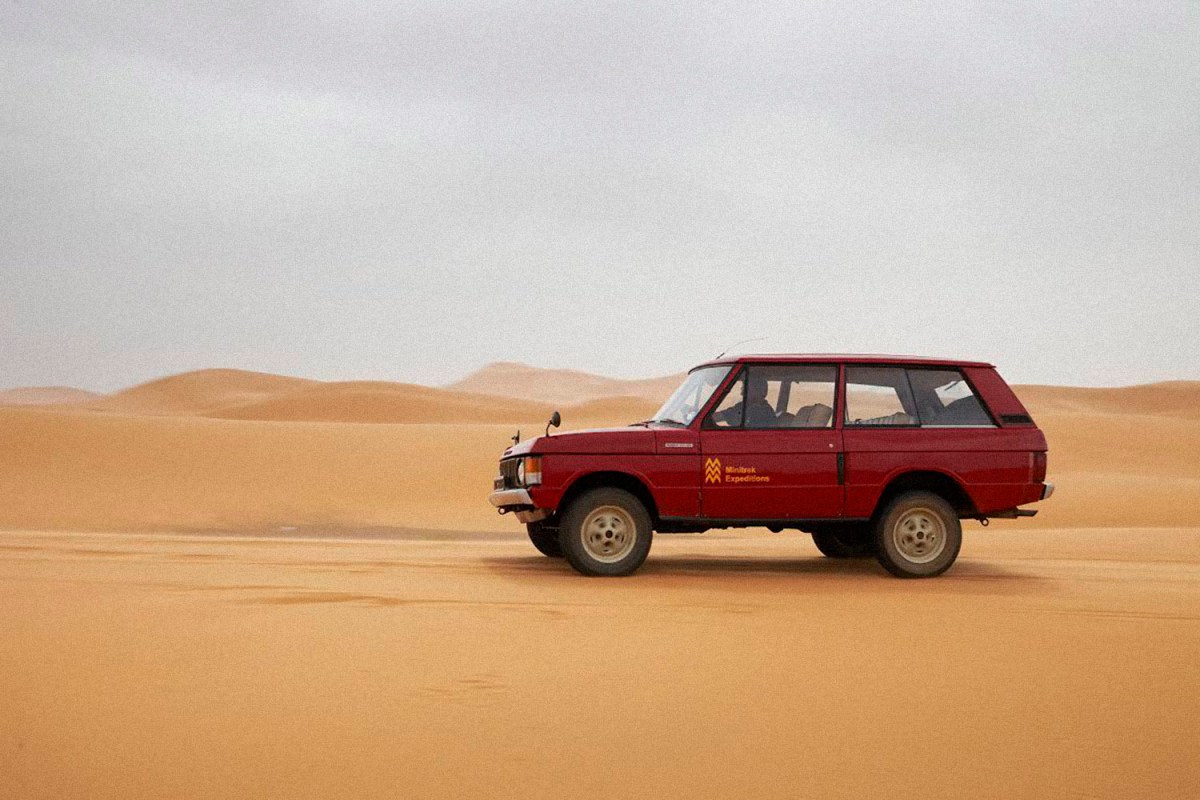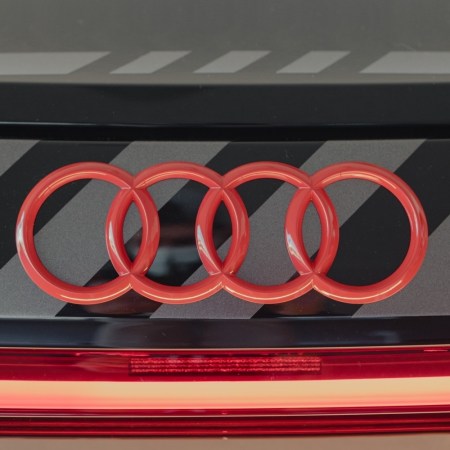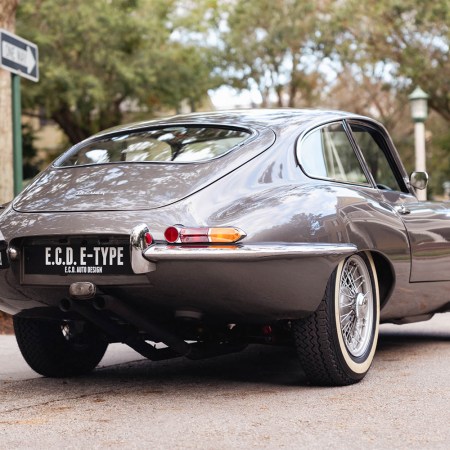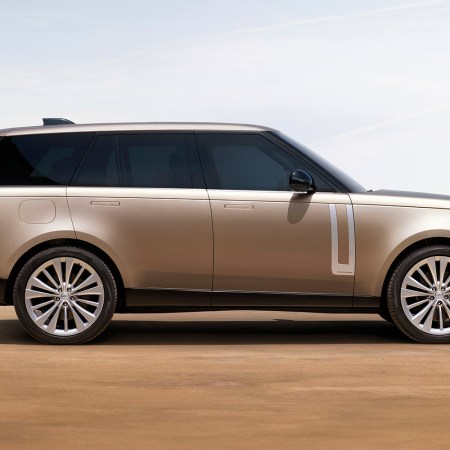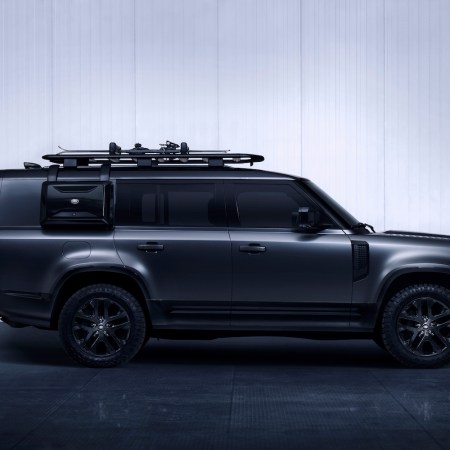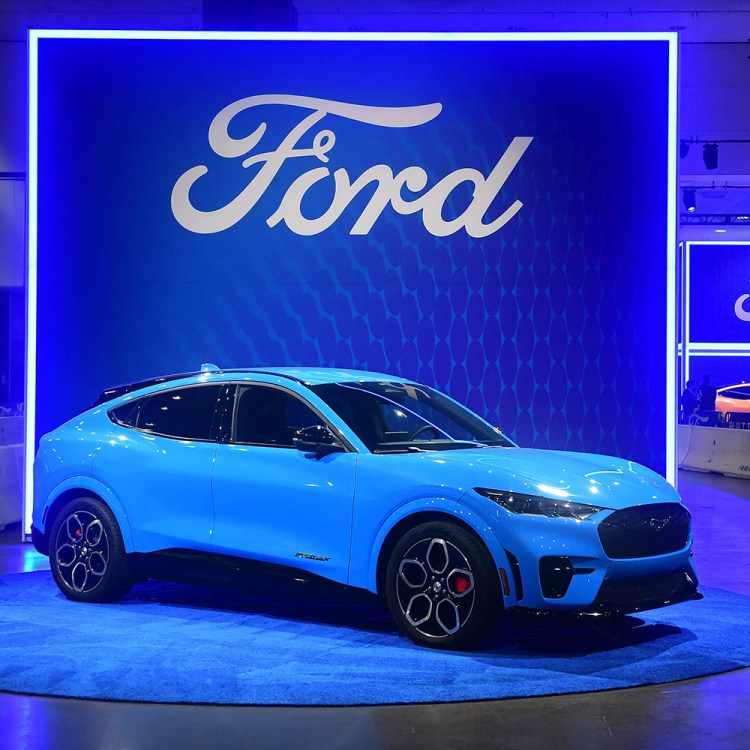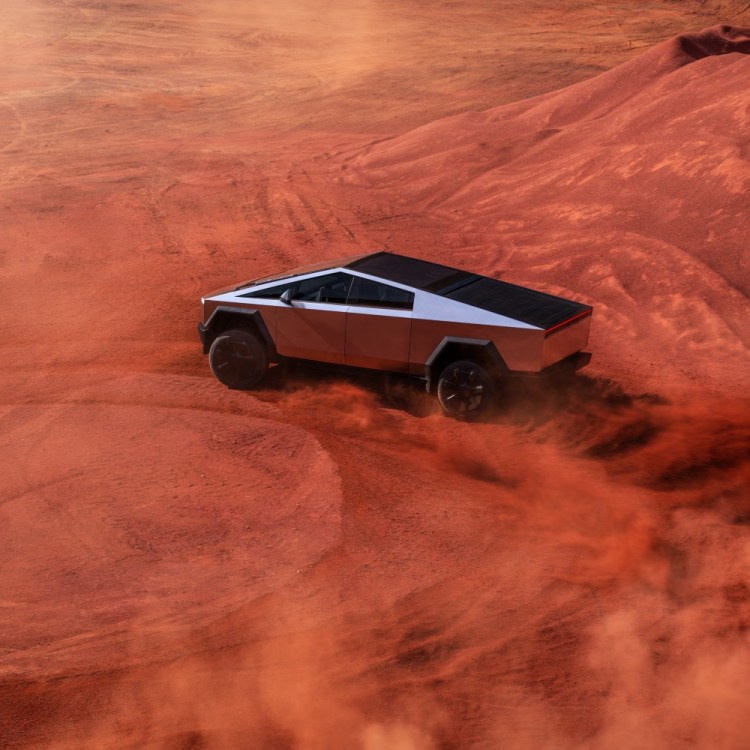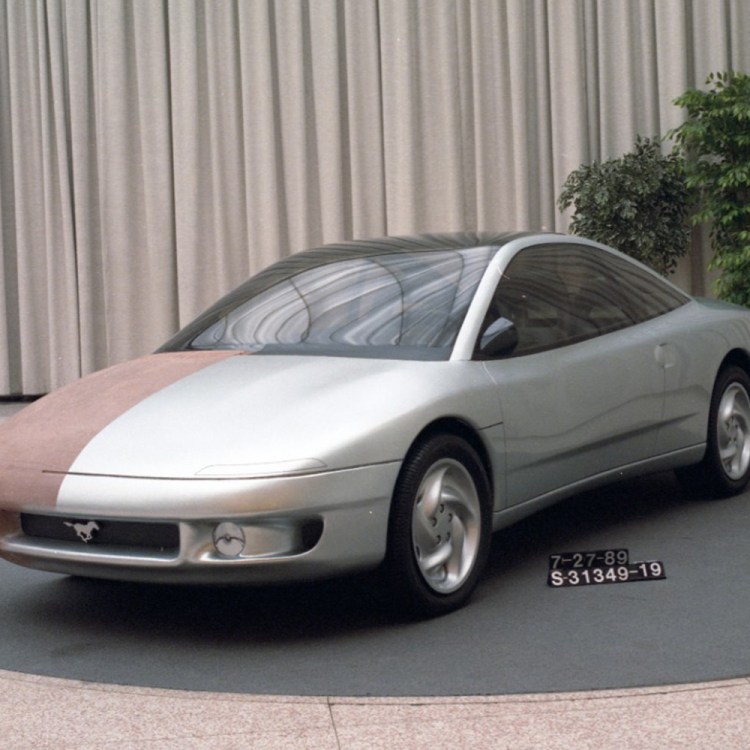The Dunsfold Collection is the world’s largest collection of historically significant Land Rover vehicles — though you’ve most likely never heard of it, as the collection doesn’t yet have a physical space it can call home. The 142 Land Rovers currently in its possession are stored in the barns and garages of people sympathetic to the mission, which is to ensure the survival of these iconic vehicles for future generations. Vehicles in the Collection regularly attend Land Rover and other classic car events and are also hired out for TV, film and ad campaigns. Jaguar Land Rover is a regular customer, and Dunsfold Collection vehicles have appeared at many of the company’s media events and new vehicle launches.
As this week is the 50th anniversary of the Range Rover, I sat down (virtually) with Gary Pusey to have a chat about these iconic sport-utility-vehicles, beloved by monarchs and mafia alike. Pusey is a Trustee and Director of the Dunsfold Collection, co-author of Range Rover: The First Fifty, and a columnist and features writer for Land Rover Monthly magazine.
“It was probably around 1971 when I saw my first Range Rover,” Pusey says. “It was in central London and the 12-year-old me thought it was a beautiful and very cool car. You have to remember that it was the first of its kind back then, and there was nothing like it on the road. When the first product placements in TV shows aired in the mid-’70s, it was always the smart, well-do-do people who were seen driving them on-screen. It became an aspirational car to own and was surprisingly classless from the outset: members of the Royal Family drove them, rock stars drove them, gentleman farmers drove them, aspirational wannabes drove them, so not much has changed over the last fifty years.”
Two decades later, Pusey was able to buy his first Range Rover. “I was smitten,” he says. “I drove it throughout the UK, toured Iceland in it and drove from Paris to the Alps off-road all the way.” (Almost 30 years later, Pusey still has the vehicle, but five years ago decided to give it a complete restoration.)
Like so many collectors, one is never enough, and Pusey’s second Range Rover was a pre-production vehicle built for the press launch of the new model back in June 1970.
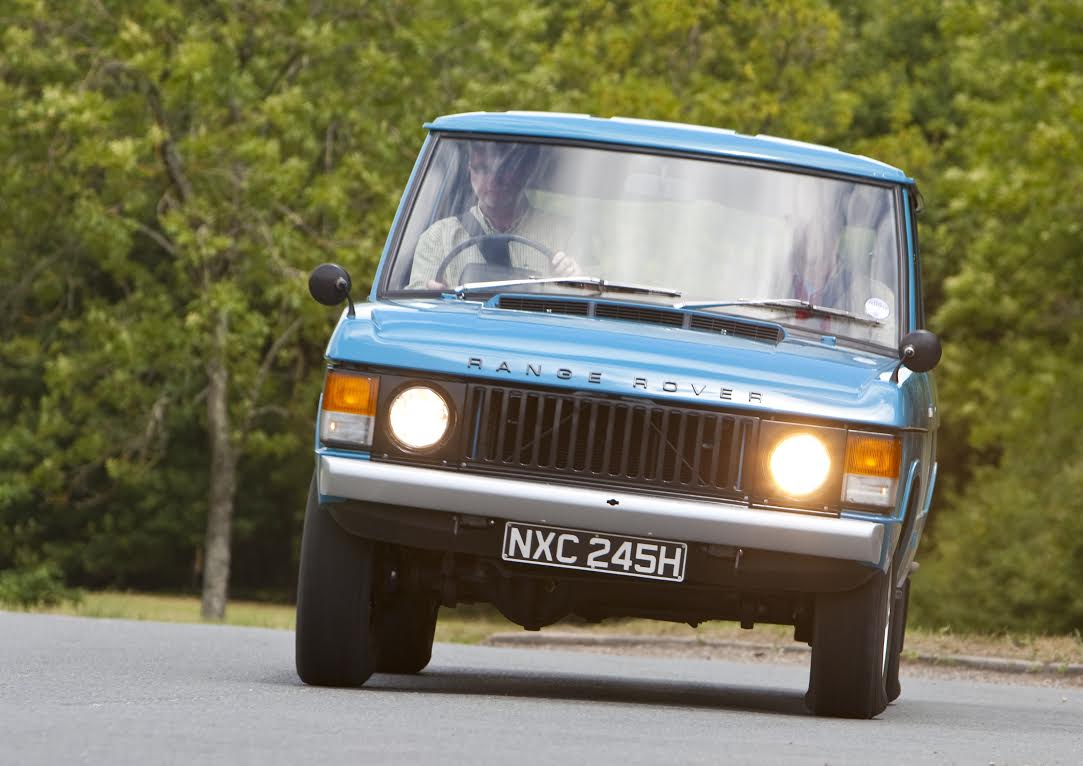
“The guy who conceived the Range Rover, Spen King,” Pusey says, “was inspired by the idea of creating a faster, more accomplished and comfortable Land Rover that was as good on the road as it was off it. It was initially marketed as a ‘Car for All Reasons,’ which perfectly sums up what it was all about. But it was not seen as a luxury vehicle, and the earliest versions were pretty utilitarian.”
The modern Range Rover is arguably king of the road, but what about 50 years ago? “It was then and still is now,” Pusey believes, “an astonishingly good vehicle. Many car enthusiasts have said over the years that if they could only have one car — it would be a Range Rover.”
Though, he admits, that Range Rover has moved “ever more upmarket” and that this trend will almost certainly continue when the fifth-generation Range Rover is launched in 2021. “I think it is now unashamedly a luxury car, and something of a status symbol. Few, if any, ever venture off-road. Spen King was horrified that the vehicle he had created had turned into a city cruiser — something to run the kids to school in.”
After five decades of production, Pusey believes the very first and the very latest Range Rover vehicles have two things in common. First, they have the best off-road capability of any vehicle in their class. And second, they are still desirable and aspirational cars to own. In terms of differences, a striking contrast is in how the vehicle is perceived. “It was quickly adopted by the rich and famous back in the day,” says Pusey, “and this remains the case today, as I said, although the nature of rich and famous has changed over the years. I always find it interesting that in the 1970s and 1980s when you saw a Range Rover on the TV or in a film it was invariably driven by the good guys — whereas in recent years the Range Rovers are driven by the bad guys. Think about the Bond movies.”
The Dunsfold Collection currently has more than 40 Range Rovers covering all four generations, dating from 1969 to 2017. “I’d been aware of the Collection for years,” says Pusey, “and got to know Philip Bashall, the Collection’s curator, well. It was his father, Brian, who founded the Collection in 1968. I gradually got more and more involved and was instrumental is getting the Collection recognized as a charitable trust.”
It includes the oldest Range Rover (Pusey’s favourite) in existence today, number six of the seven Engineering Prototypes built between 1967 and 1969. Gary loves the first generation of Rovers most, and points out that production of this vehicle went on for 25 years. “The second generation Range Rover remains pretty unloved,” he tells me, “other than among the die-hard enthusiast community — mainly because early in its life it developed a reputation for electrical unreliability.”
Although Pusey believes that Land Rover has “managed to identify and evolve the core DNA of the vehicle in terms of styling,” he thinks that recent vehicles have been loaded with “too much bling, and their styling DNA has been diluted to a degree because it has been carried over to other models in the Land Rover product range.”
I ask Pusey, why he thinks it is — that while other SUVs can compete with the Range Rover as a vehicle, none come close to being considered an icon (except maybe the Land Cruiser) in the way the Range Rover is.
“I’m not sure anyone really knows the answer,” he says. “Very quickly the Range Rover became a vehicle associated with good taste. I think people started to buy it because of its association with a certain lifestyle — that’s why it became a car that people really wanted to own. When the original Range Rover was launched in the United States in 1986, it had already been in production for 16 years. Charlie Hughes, who was hired by Land Rover to lead the new North American operation, knew instinctively how the vehicle needed to be positioned in that market, and promoted and sold the vehicle exactly on the basis of the aspiration and adventurous lifestyle angle.”
While buying or leasing a brand-new Rover might not be in everyone’s budget, there are other options for those, like Pusey, Brian and Philip Bashall, whose interest can quickly turn into obsession. Pusey’s daily drivers are his beloved and rebuilt 1990 V8 3.9-liter petrol and a 1994 2.5-liter diesel.
“They do everything I need,” he says. “[They] have adequate performance, are tech-free, while being easy and cheap to maintain. The most practical to own is a late-build four-door, but the connoisseur and purist will always choose an early two-door. Various specialists around the world are now remanufacturing these early vehicles with ‘restomod’ improvements that make them far easier to live with as everyday cars as well, because the really early two-doors are pretty agricultural and slow by today’s standards.”
This article was featured in the InsideHook newsletter. Sign up now.
